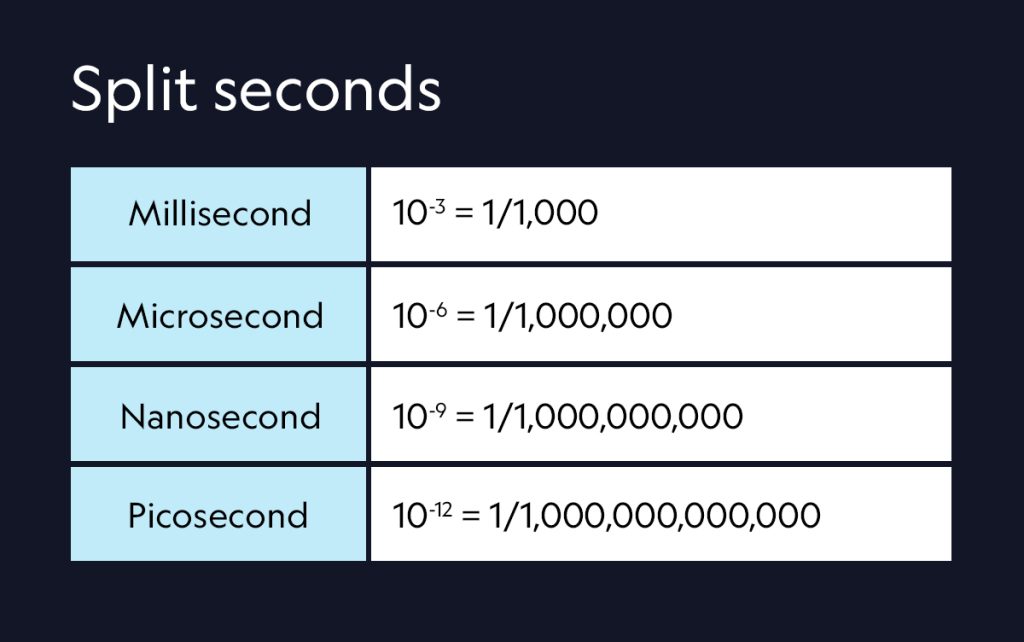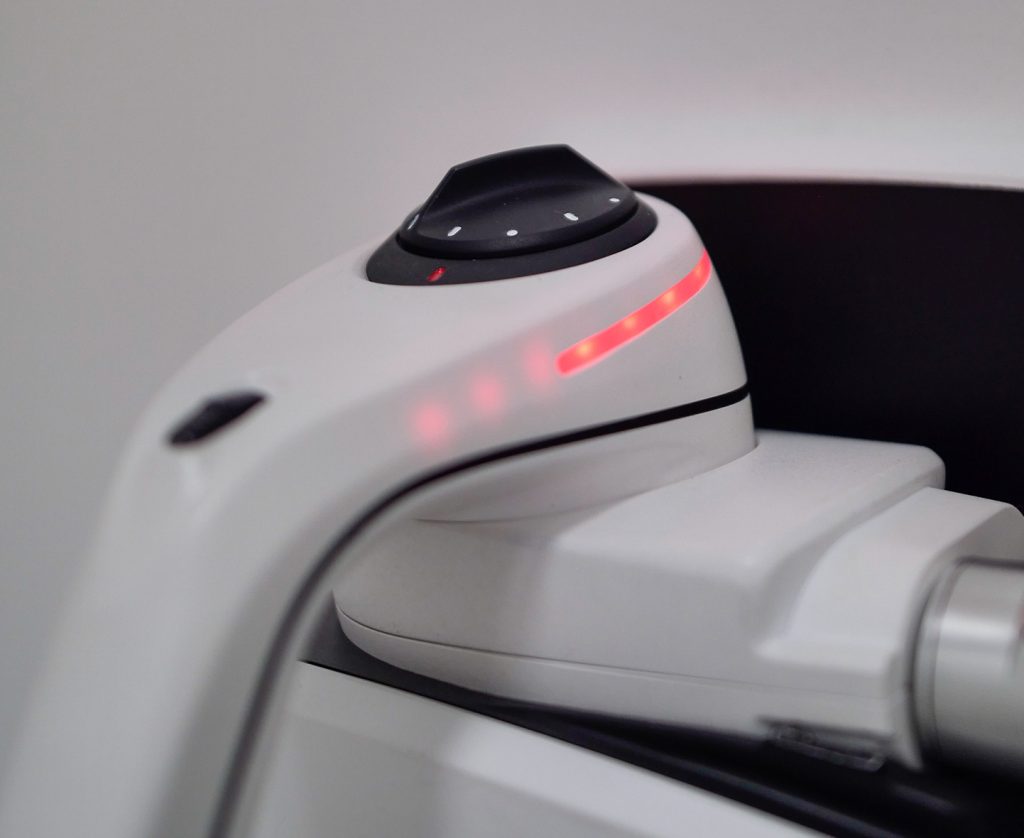In the world of laser tattoo removal, broadly speaking, lasers are divided into the nanosecond and picosecond categories. These terms refer to measurements of time, specifically, the duration or pulse width of the laser. That is, how long the pulse or flash of light is on for.
There are countless blogs online comparing pico lasers and asking what the best laser for tattoo removal is.
In this blog we look at the academic research underpinning these debates.

A picosecond is one trillionth of a second. Its slower forebear, the nanosecond, is one billionth of a second.
Both are incredibly short measurements of time, meaning that, in laser tattoo removal, the flash of light is only on for a blink of an eye.
When it comes to skin safety, the theory we will look at in this blog post is that the shorter the pulse width the better.
When the laser’s pulse of light touches the skin its purpose is to shatter apart the molecules of tattoo ink so that they become small enough for the body to flush out by itself.
However, some of that light energy may be inadvertently applied to clear skin, in some cases causing skin damage. This is why it is essential that the laser beam only touches the skin for a short time, and also, that the laser beam is as accurate as possible so that it only targets the ink pigment.
The LightSense™ laser system has an extremely short pulse width of just eight picoseconds and a tiny spot size of 0.4mm. It is fast and accurate.
“We have completely re-envisioned tattoo removal, placing comfort and patient safety front and centre,” says Dr Steven Hubert, part of the team that originally developed the laser system at leading centre of research Princeton University.
“As a dermatologist used to caring for skin it horrified me that the existing market for tattoo removal seemed to have accepted that pain, blistering, swelling, and other forms of skin damage were par for the course.”

A 2021 article published in the Journal of the European Academy of Dermatology and Venereology looked at nanosecond and picosecond lasers for tattoo removal (abbreviated to PSL and NSL in the following quotation). Wolfgang Bäumler et al. found that:
“Subjects felt significantly less pain with PSL than with NSL [...] Transient adverse reactions were statistically less pronounced, lasting shorter for PSL as for NSL, especially blistering, pruritus, and burning sensation.”
Quoted from, “The efficacy and the adverse reactions of laser-assisted tattoo removal – a prospective split study using nanosecond and picosecond lasers.”
This makes a lot of sense intuitively. If you apply the pulse of light to the skin for a shorter period of time, then less pain is felt.
The expert consultants at NAAMA studios, liken this phenomenon to ripping off a plaster. It hurts less if you do it quickly. A crude comparison but the principle is the same.
So the extremely short pulse width capability of the LightSense™ laser system, at just eight picoseconds, should make for safer and less painful treatments. Here are some links to anecdotal client stories that bear this out.
Findings
The conclusion of the academic study: “PSL cause less collateral skin damage as compared to NSL.”
This is just one study that provides evidence for the efficacy and safety of the LightSense™ laser system. Continue reading our blog for more information on picosecond lasers and the science that underpins them.
As a technology working at the forefront of health and skin safety, it is crucial that we are tapped into the scientific debates over laser tattoo removal. You’ll be able to read all about this emerging area of research here on the blog.
Sources:
LightSense™ statistics based on proprietary technology.


